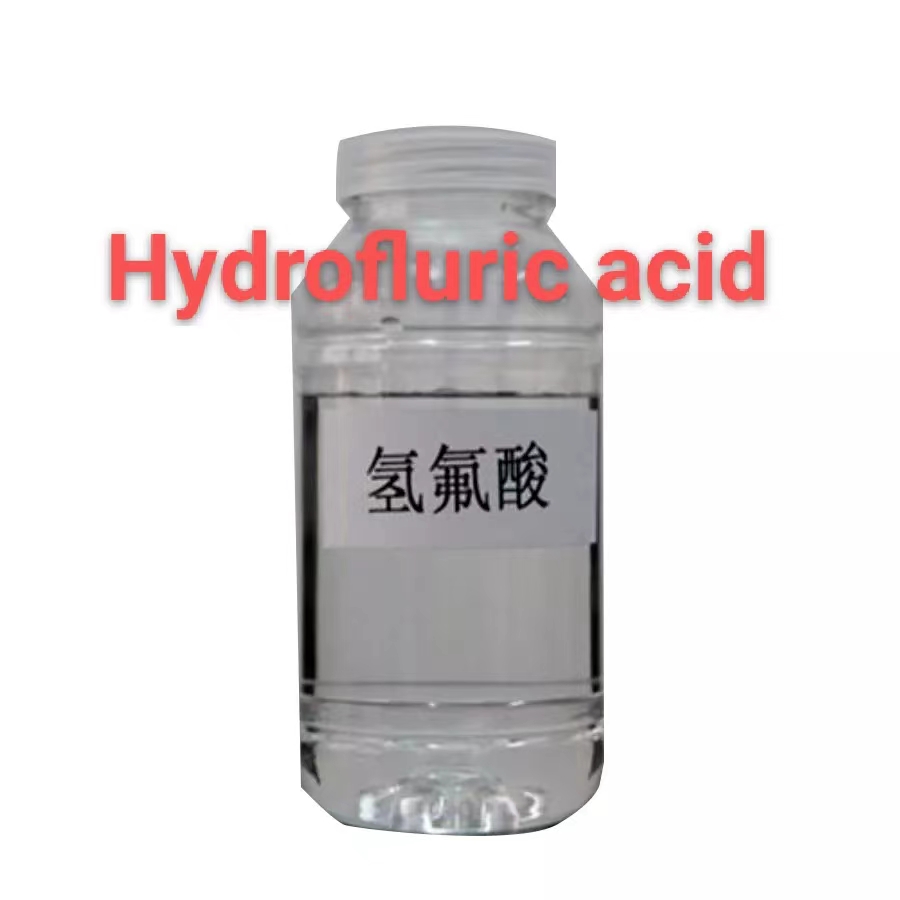The Development Of Hydrofluoric Acid
The development of hydrofluoric acid can be traced back to the early 19th century. The following are the major development milestones of hydrofluoric acid:
1771: Swedish chemist Karl Wilhelm Scheele discovers hydrofluoric acid. He extracted hydrofluoric acid from calcium fluoride and studied its properties and reactions.
1810: French chemist Joseph Louis Gay-Lussac successfully used hydrofluoric acid to etch glass and discovered the corrosive properties of hydrofluoric acid on glass. This discovery laid the foundation for the application of glass etching and acid-etched glass.
1886: American chemist Hamilton Konich discovers the vapor pressure of hydrofluoric acid and conducts extensive research on hydrofluoric acid, including its preparation, properties and applications.
In 1891, American chemist Hamilton Young Castner first prepared hydrofluoric acid, but because of its extremely corrosive and toxic, has not been widely used.
In 1907, American chemists Humphrey and Moore (William J. Mooney) invented a new method to prepare hydrofluoric acid, that is, to prepare hydrofluoric acid by electrolyzing aluminum fluoride. This method greatly increased the yield and purity of hydrofluoric acid.
Early 20th century: The industrial use of hydrofluoric acid begins to expand. It is widely used in metal corrosion treatment, glass processing and chemical production. At the same time, more and more attention has been paid to the safety and environmental impact of hydrofluoric acid.
In 1928, DuPont began producing hydrofluoric acid under the trade name Freon. The production and application of polyfluorides have promoted the development of modern air conditioning refrigeration and fire protection systems. In the 1930s, polyfluorides began to be used in products such as refrigerators, air conditioners, car air conditioners and fire protection systems.
Second half of the 20th century: As environmental and safety awareness grew, the search began for alternatives to hydrofluoric acid. Researchers have developed several alternatives, such as inorganic salt solutions and organic acids, to reduce the use and corrosiveness of hydrofluoric acid.
Contemporary: As demands for green chemistry and sustainability increase, researchers continue to search for more environmentally friendly and safe alternatives to hydrofluoric acid. At the same time, the application of hydrofluoric acid is also expanding, such as in the pharmaceutical, electronic and new materials applications.
In general, the development of hydrofluoric acid shows its importance in industry and scientific research. However, with the increasing requirement of environment and safety, the research and development of hydrofluoric acid substitutes are becoming more and more important.
